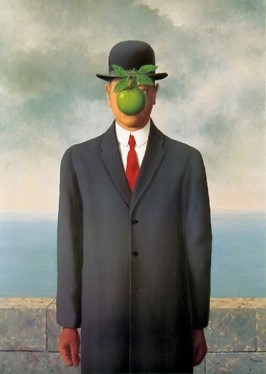"It is a capital mistake to theorize before one has data. Invariably, you end up twisting facts to suit theories instead of theories to suit facts.”
Sherlock Holmes may have made this famous statement in relation to a crime investigation but its relevance is not limited to one field. In fact, this is one of the most common mistakes most investors make.
A new book on behavioural finance 'The Stoic Investor' opens with this very statement. Written by Nimesh Chandan and published by Canara Robeco AMC, the book takes a fresh look at investments through the lens of behavioural finance.
The uniqueness of the book lies in the fact that it does not bat for one or few theories on investor behaviour. It instead explains numerous theories, some new and some centuries old to provide a comprehensive view and hence, save readers from getting hooked to one particular way of looking at the behavioural side of investment.
What's noteworthy is the effort Chandan has put to simplify and enliven every chapter through the use of visuals (mostly popular paintings), stories and thought-provoking quotes from a variety of sources.
Take for example Chapter three of the book. Titled 'Missing the Forest for the Trees', the chapter starts with a set of dialogues from a fairly recent movie 'Now You See Me':
Daniel Atlas (The Magician): Do you see your cards here?
Participant: No
Daniel Atlas: That's because you're looking too closely.
And what have I been telling you all night?
The closer you look...the less you see!
Then comes a very interesting visual — 'The Son of a Man', a famous painting of Belgian surrealist painter, Rene Magritte.

Source: Wikipedia
Below the painting, the author goes on to say:
"At first glance, most people would naturally be curious about the face that is hidden by the apple. One can see the face partially but it's still quite difficult to identify the man. You will also have some thoughts about why the face is partially covered, what does the apple signify etc. Is that the gist of the painting or does it convey anything more about the human nature? Let's step back and take a broader view. Now, one realizes that each object in the painting (the man, the wall and the clouds) could also be hiding something behind itself! Yet, for most people, the mind initially focused only on the face. It grabbed the attention because the face is the only thing which is 'visibly hidden'."
It is then that the author comes to the topic — 'the cost of distraction'.
People who have a decent experience in investing can derive the most out of this book. Past experiences, mistakes and success in investing will help you better relate to the theories. The book has three parts with 'Individual Behaviour and Biases' being the first one. In this part, you will find the author explaining various biases that come in the way of rational decision making with respect to investments. Part 2 focuses on 'Crowd Behaviour and Styles' and the last part lists 'Solutions and Tools' that help you overcome these behavioural issues.
Overall, the book is a perfect fit for those investors who want a basic understanding of behaviours that can adversely affect their investment decisions. The book can serve as a good start in the field of ‘behavioural finance’.








